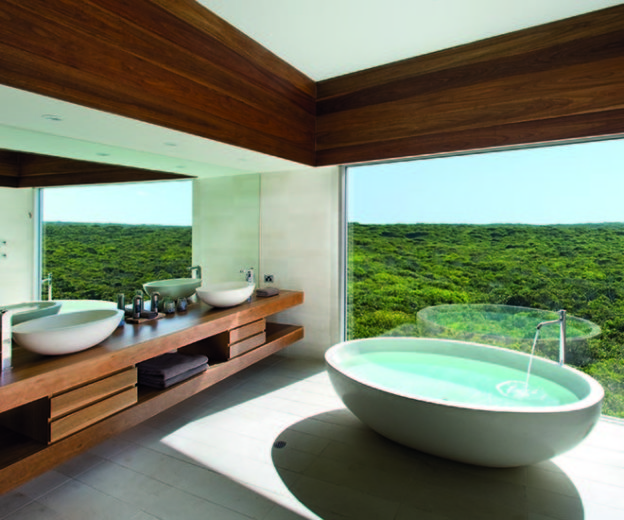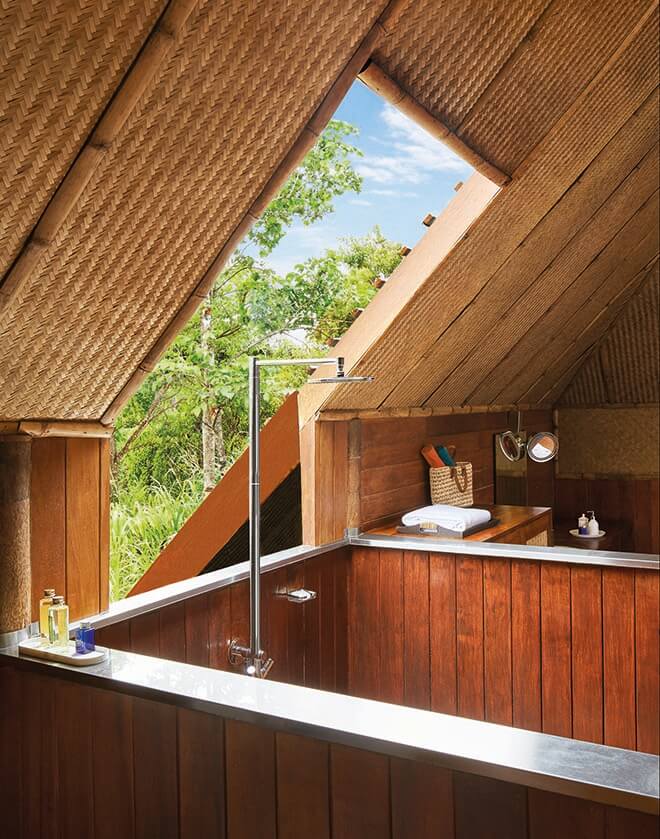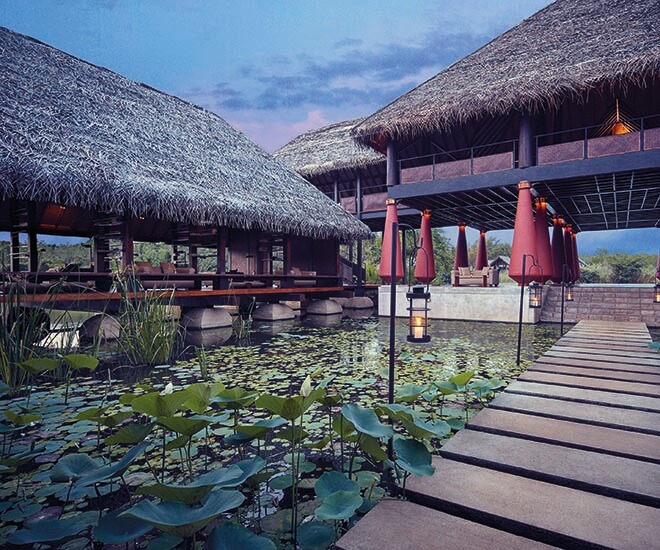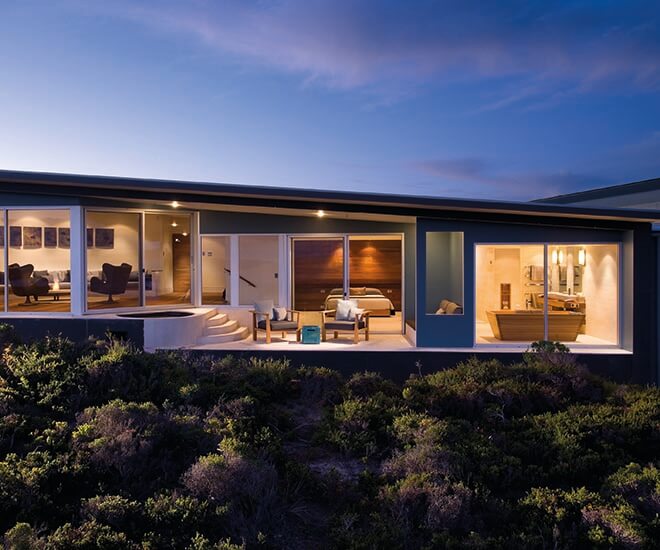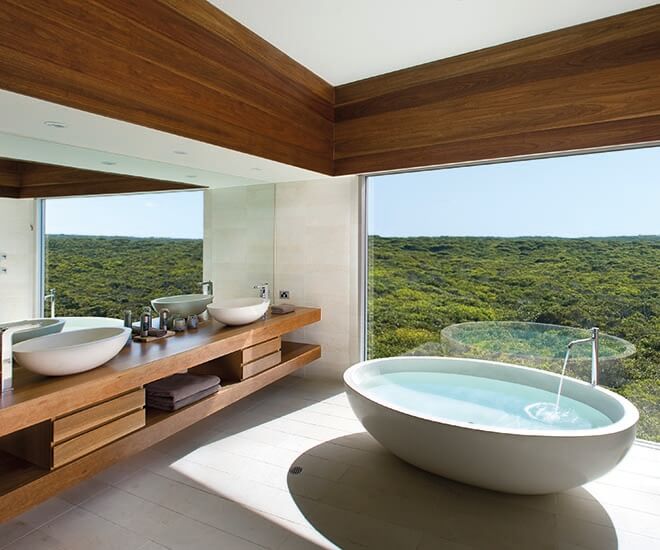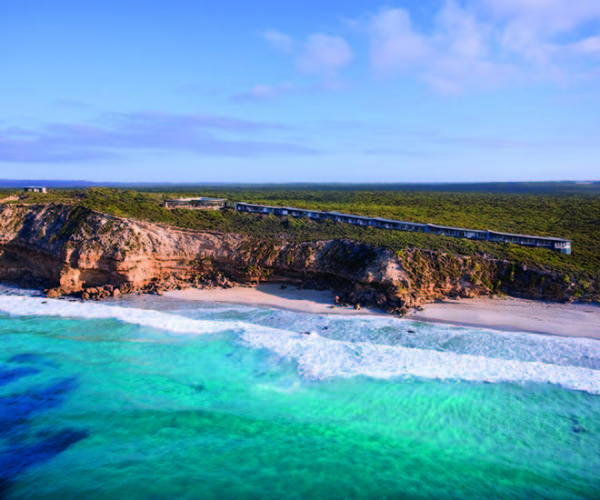
Australia’s Southern Ocean Lodge treads lightly on the natural terrain.
In 2005, actor and environmental activist Leonardo Dicaprio purchased Blackadore Cay, an unpopulated island located off the coast of Belize for USD 1.75 million. The transaction was widely reported in the media, as were his subsequent plans to build an eco-resort. Then, last fall he released detailed plans; “Blackadore Caye, a Restorative Island” will include 36 estate homes, 36 bookable bungalows and a wildlife preserve that is scheduled for completion in 2018.
Dicaprio is building the resort in partnership with Delos Living, a New York City-based developer who specialises in wellness design. But Blackadore Caye aims to be restorative for more than its guests—the project also aims to restore the island’s natural habitat. The slender 104-acre island has suffered from deforestation, overfishing, and an eroding coastline. To remedy this, developers plan to replant mangroves, replace invasive species with native species, enhance the soil and also create artificial reefs for fish breeding.
The plans also call for the resort to be powered exclusively by renewable energy sources. Solar panels will be installed, as well as an on-site treatment facility for waste and rainwater. “The main focus is to do something that will change the world,” Mr. Dicaprio told The New York Times. “I couldn’t have gone to Belize and built on an island and done something like this, if it weren’t for the idea that it could be groundbreaking in the environmental movement.”
But despite its environmental bent, residents at Blackadore Cay will still be comfortable in their villas, which are expected to fetch up to USD 15 million. The homes are inspired by Mayan ruins, and come complete with infinity pools, sunset views, and a modern minimalist touch courtesy of architect Jason McLennan.
In an industry that involves inevitable damage to wildlife and natural habitats, as well as the consumption of resources and waste production, how realistic is the idea of a “restorative” island?
The project is the latest to tap into a growing market for eco-tourism (not to mention celebrity branding), but its ‘green’ ambitions also raises questions about eco-tourism’s legitimacy. In an industry that involves inevitable damage to wildlife and natural habitats, as well as the consumption of resources and waste production, how realistic is the idea of a “restorative” island?
- Jewting Vil Uyana resort in Sri Lanka has succeeded in regenerating paddy fields, forests and a range of local animal species.
- Jewting Vil Uyana resort in Sri Lanka has succeeded in regenerating paddy fields, forests and a range of local animal species.
- Jewting Vil Uyana resort in Sri Lanka has succeeded in regenerating paddy fields, forests and a range of local animal species.
“Naturally, developing buildings on environmentally damaged areas alone will not help restore previous conditions,” says Jude Kasturiarachchi, Director of Jetwing Hotels, a Sri Lanka-based hotel group known for its eco-conscious building practices. But he says a project can help to gradually bring the environment back to a previous or similar status if necessary steps are taken. And the same goes for residential developments built within a sensitive ecosystem.
One of Jetwing’s eco-resorts, Jetwing Vil Uyana, is located on what was previously neglected agricultural land. Through a sensitive design approach led by a group of architects, engineers and irrigation experts, the project has succeeded in regenerating paddy fields, forests and a range of local animal species.
“The first two years of the project were spent solely on the creation of the wetland prior to hotel construction,” explains Kasturiarachchi. No imported soil or species were introduced to the area, he says, though some indigenous trees and bird and butterfly-attracting flora were re-planted during the restorative process.
Since initial construction in 2005, Jetwing has carefully monitored biodiversity and noted a significant increase in species diversity (see side-box). “The creation of distinct habitat types— wetlands with reed beds, secondary monsoon forests and paddy lands—has allowed for the co-existence of a large number of species,” says Kasturiarachchi. The forested areas, for example, now support a resident breeding population of the Grey Slender Loris, first spotted in October 2010.
- At Southern Ocean Lodge, a Biolytix Filter System treats wastewater on site, and fresh water is harvested from all roof surfaces.
- Southern Ocean Lodge is designed to capture sea breeze.
- Bathroom views at Southern Ocean Lodge.
But even when a resort is built in a healthy environment, monitoring biodiversity is important. At Australia’s Southern Ocean Lodge, a leader in sustainability, Baillie Lodges conducted thorough flora and fauna surveys prior to construction. They also created buffer zones and access controls around osprey habitats and local hood plover birds. When it came time for construction, they cleared only 1% of the total land and placed the rest under protection.
Sensitivity to the surrounding environment is key, according to Kasturiarachchi, but so is sustainable, efficient energy use. This means using local materials, renewable energy and on-site waste management when possible. The Ocean Lodge, located on Kangaroo Island, incorporates recycled timbers and local hand-cut limestone. And the building’s architectural design, which features a low profile over the landscape and appears to float atop the cliffs at Hanson Bay, is oriented to capture breezes off the water.
The lodge is also powered in part by solar energy and features a detailed Building Management System whereby power usage in certain areas can be shut down during off-peak periods. A Biolytix Filter System treats wastewater on site, and fresh water is harvested from all roof surfaces. Operators aim to have the property rainwater self-sufficient nine out of ten years.
So far the strategies developers employ to reach new and ambitious sustainability goals are fragmented, with regulations that change from place to place. But this could change.
Delos Living aims to make the design of the villas at Blackadore Caye meet the Living Buildings challenge. Currently the world’s most rigorous standard for green buildings, Living Buildings strive for a net-zero or net positive energy footprint, net-positive water and net-positive waste.
Buildings that meet the Living Building’s stringent criteria are considered regenerative in that they generate sufficient benefits to the site, surrounding communities and the environment at large, enough to offset their negative impacts. This principle is what inspired the developers at Blackadore Caye. “The idea at Blackadore Caye is to push the envelope for what sustainability means — moving the idea beyond environmental awareness into restoration,” said Mr. Scialla, founder at Delos Living.
If international consensus forms around standards like the Living Building Challenge, the sustainability goals like those at Blackadore Caye may not seem so ambitious after all.
To date there are around 380 registered Living Building Challenge projects in 23 countries, including a handful of private residences. A home in Auckland, for example, produces as much energy as the people living in it consume by generating energy via roof-integrated solar photovoltaic and hot water panels. “We achieved Zero Energy in our first year, generating twice as much energy as we used,” says engineer Jo Woods, who built the Auckland home with Shay Brazier.
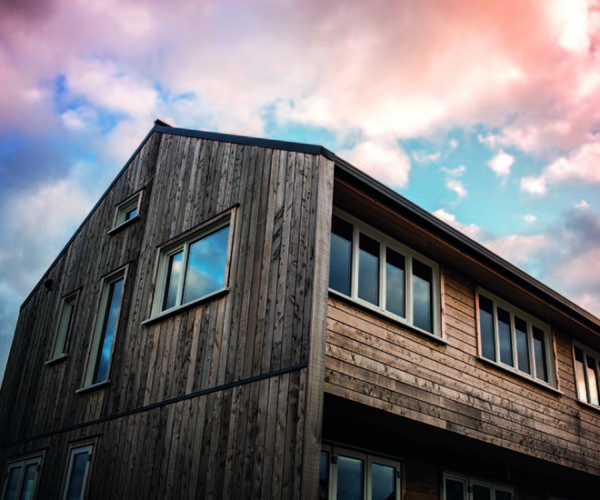
The Zero Energy House, Auckland.
But energy goals weren’t the only thing driving the home’s design; comfort was also a top priority. “The core reason we chose to build a house was that we wanted a home that was comfortable to live in,” says Woods. “There’s no point minimizing use of natural resources if you don’t enjoy living in your house. But Woods believes there doesn’t need to be a compromise. “Through good design and the use of the right products and materials, a house can be both good for the environment and comfortable for its inhabitants.”
From: Palace #20
